1 - Getting Started
Step 0 - Create an Account
Before starting anything else, create an account with PhotonEngine HERE.
Step 1 - Download SDK
The latest SDK can be downloaded on the Getting Started > SDK & Release Notes page.
Click here to navigate to the page

Step 2 - Check Unity Requirements
Check your Unity version meets the minimum requirement for running Fusion.
The up-to-date requirements can be found on the Getting Started > SDK & Release Notes in the Requirements section.
Click HERE to navigate to the page.
At the time of writing, the minimum requirement is Unity 2020.3.x LTS or above. If the version is older, please install the latest stable Unity version from the Unity Hub.
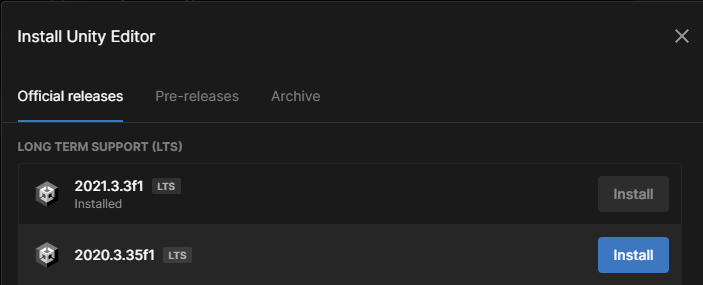
Step 3 - Create an Empty Project
Create an empty project.
N.B.: Fusion is a networking library and thus is agnostic to the Rendering Pipeline chosen; it works with all of them.
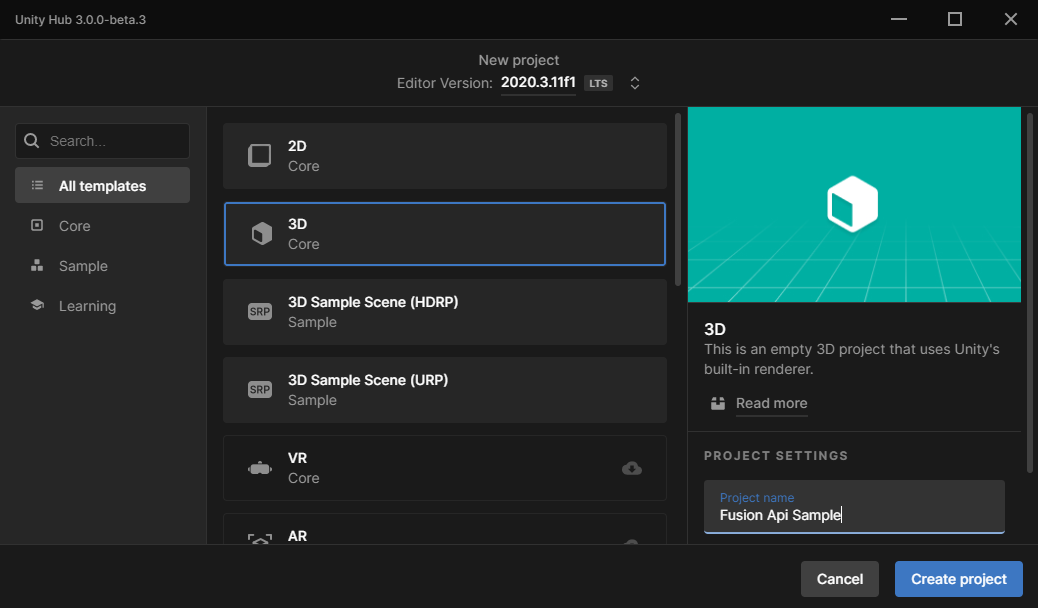
Step 4 - Preparing Project for Fusion
Before importing the Fusion SDK, the default Unity project settings require some tweaks.
Asset Serialization
Some of the Fusion settings will be saved in ScriptableObject Assets. For these settings to remain legible at all times, the asset serialization's mode has to be set to Force Textin Edit > Project Settings > Editor > Asset Serialization > Mode.

Mono Cecil
The Fusion IL Weaver generates low-level netcode and injects it into the Assembly-CSharp.dll. To achieve this, the Mono Cecil package is used. The package can be installed via the Unity Package Manager.
Navigate to Window > Package Manager > Click the + icon > Add package from git URL and add com.unity.nuget.mono-cecil@1.10.2.

Step 5 - Importing the Fusion SDK
With steps 1 through 5 done, the project is now ready to import the Fusion SDK. The SDK is provided as a .unitypackage file and can be imported with the Assets > Import Package > Custom Package tool. Simply navigate to the location where the SDK was downloaded and trigger the import.
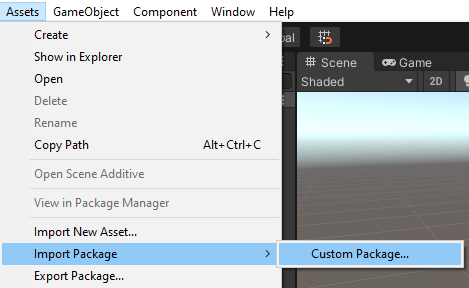
Step 6 - Create an App ID
Once the import is finished, the Fusion Hub wizard will pop up. The Welcome screen will ask for an App ID. Before filling it out, a fresh App ID needs to be created.
An App ID is the application identifier used to:
- Identify an application;
- Associate the application with the correct type of server plugin - in this case Fusion; and,
- connect players using the application.
To create a new App ID, login and navigate to the PhotonEngine dashboard or Click Here.
N.B.: a (free) registered account is necessary for this procedure.
First, click on Create a New App.
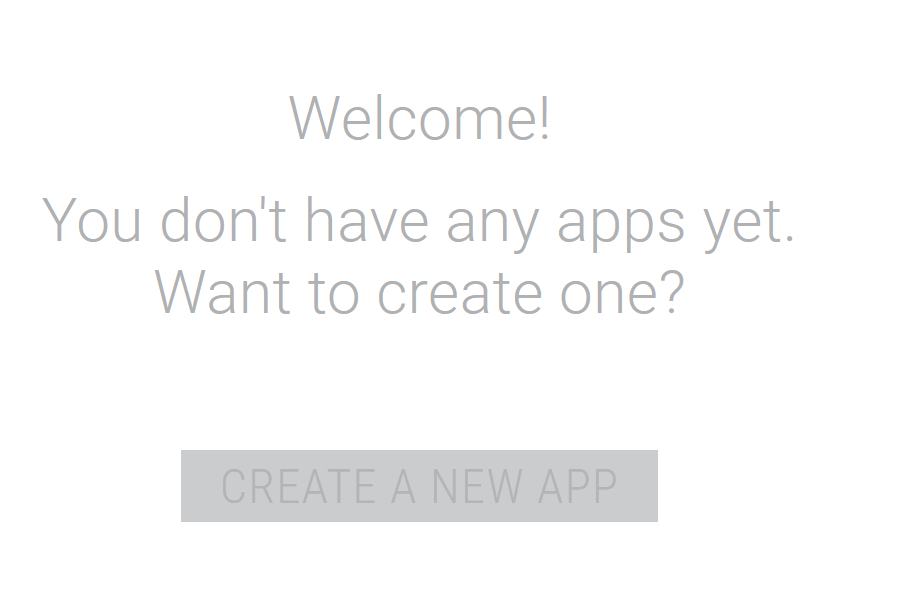
Select Photon Fusion in the Photon Type drop-down, fill out form and click on Create.

Step 7 - Add an AppID
Copy the App Id shown on the dashboard.
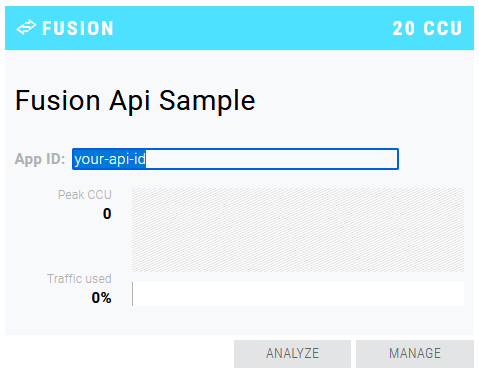
Insert in the Fusion App ID field found in the Fusion Hub Welcome tab.
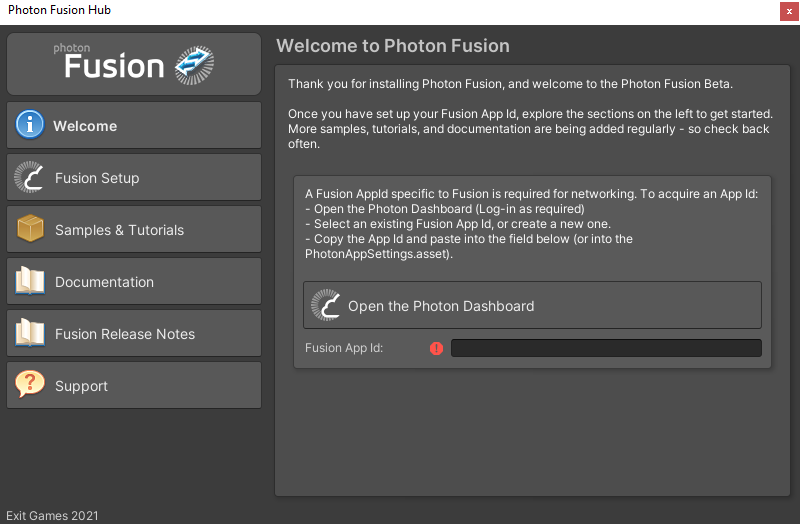
Congratulations! The project is now ready for development.
Next Shared Mode Basics 2 - Scene and Player
Back to top